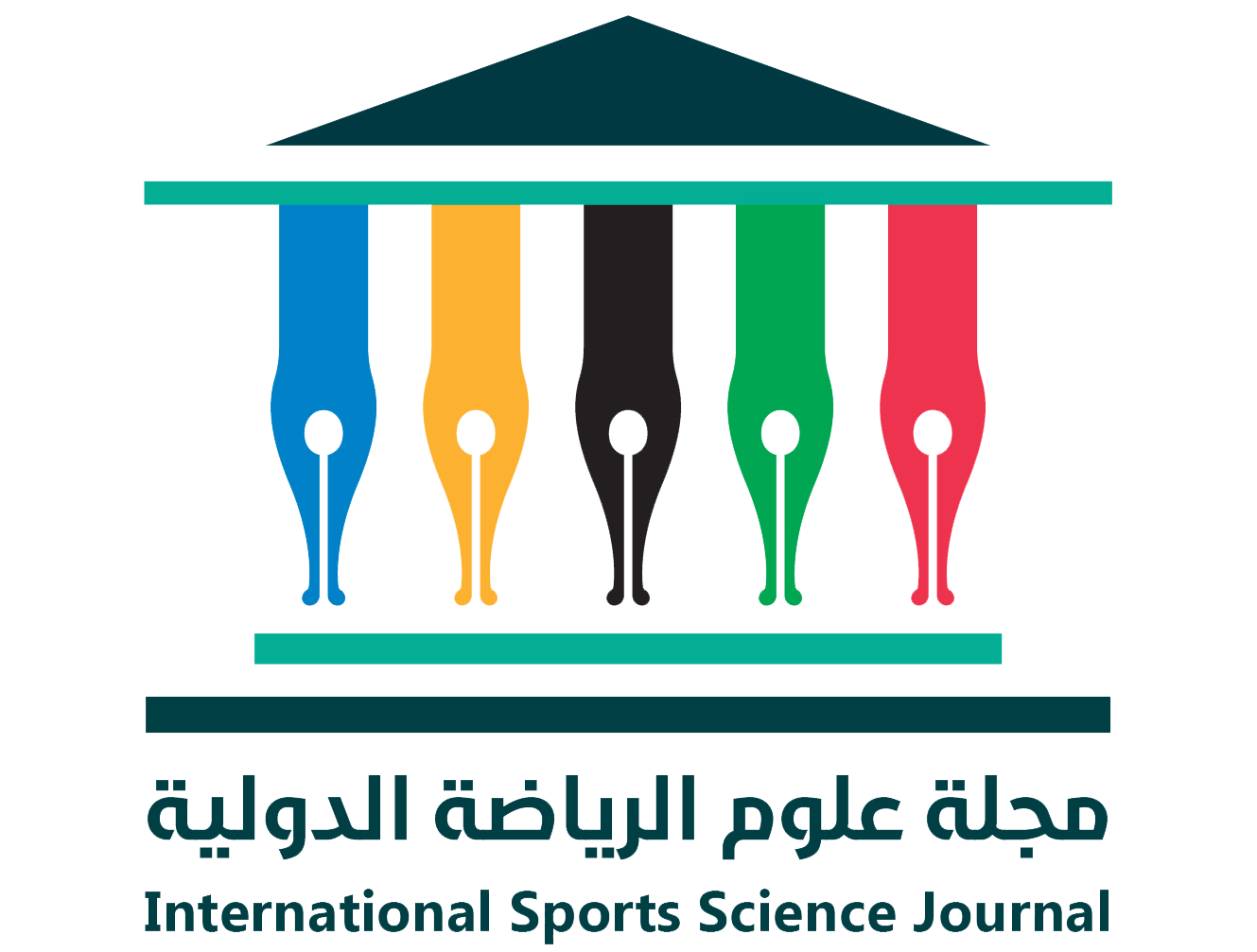The effect of critical power on fatigue and the amount of oxygen consumed after exertion, and the related variables O2, CO2, and carbon dioxide for handball players.
DOI:
https://doi.org/10.71377/cappwv83Keywords:
Critical power, handball, oxygen uptakeAbstract
The current study aimed to determine the extent of oxygen deficit and debt, as well as the variables associated with oxygen during the critical power test. 3 .min out – all The research objectives were achieved when a sample consisting of 11 football players representing the Al-Qadisiyah University football team was examined. Their average height was 122 cm, their average weight was 21 kg, and their average age was 21.13 years. The K5 technique was used to measure the variables of oxygen deficit and debt, as well as the variables related to oxygen, which is a very modern global technique. The variables extracted included pulmonary ventilation, respiratory quotient, VO2MAX, heart rate, oxygen ventilation equivalent, carbon dioxide ventilation equivalent, oxygen deficit, and oxygen debt. The critical power test was performed on a Monarch leg ergometer model E894 using the 3 min out – all test. The duration of the test is 3 minutes, during which the player performs the test at maximum pedaling speed against a resistance representing 41.5% of the player's body weight. They must maintain a steady state of power production, and the power output in the last 31 seconds is the critical power. The results indicated a correlation between critical power and oxygen deficit and debt, with no correlation observed with oxygen and carbon dioxide equivalents.
Downloads
Downloads
Published
Issue
Section
License
Copyright (c) 2019 International Sports Science Journal

This work is licensed under a Creative Commons Attribution-NonCommercial-ShareAlike 4.0 International License.










